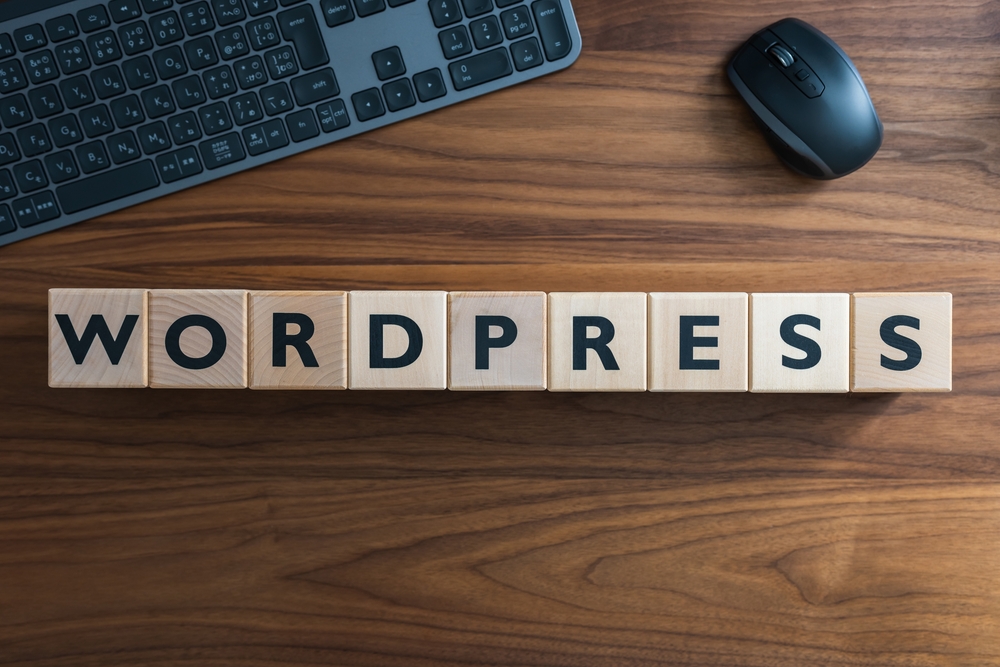
Welcome to the world of WordPress (or WP) ! Whether you are a seasoned blogger, an aspiring e-commerce entrepreneur, or running a corporate website, WordPress (WP) is the ultimate platform for creating and managing your online presence. Its user-friendly interface, extensive customization options, and dedicated community of developers make it the go-to choice for millions of website owners worldwide.
In this article, we will delve into the art of mastering WordPress by exploring some top tips and tricks for customization and maintenance. So, let's get started!
1. Choose the Right Theme
One of the first steps to customizing your WordPress (the blogging platform) website is choosing the right theme. With thousands of options available, finding the perfect one can be overwhelming. Consider your website's purpose, target audience, and desired aesthetic when selecting a theme. Make sure it is responsive, SEO-friendly, and regularly updated by the developer.
Once you have installed your theme, don't be afraid to tweak it further to match your brand's identity. Customize the colors, fonts, and layout using the built-in WordPress (the platform for bloggers) Customizer or by utilizing various plugins.
2. Leverage Custom Post Types and Taxonomies
WordPress comes with built-in post types such as Posts and Pages. However, you can create your own custom post types to better organize and present your content. For example, if you run a recipe blog, you can create a custom post type for recipes, allowing you to add specific fields like ingredients, cooking time, and difficulty level.
Similarly, taxonomies help categorize and classify content. You can create custom taxonomies like tags or genres to further enhance the organization of your website. Utilize plugins like Custom Post Type UI and Advanced Custom Fields to simplify the process of creating custom post types and taxonomies.
3. Optimize Your Website for Speed
Website speed plays a crucial role in user experience and search engine rankings. Slow-loading websites lead to high bounce rates and frustrated visitors. To optimize your WordPress website for speed, follow these tips:
- Choose a reliable and fast hosting provider. Optimize and compress your images using plugins like Smush. Enable caching with plugins like W3 Total Cache or WP Super Cache. Minify and combine CSS and JavaScript files. Use a content delivery network (CDN) to serve your website's static files.
4. Secure Your Website
WordPress, being one of the most popular CMS platforms, is a common target for hackers. To keep your website secure, follow these best practices:
- Keep your WordPress installation, themes, and plugins updated. Use strong, unique passwords and consider using two-factor authentication. Regularly backup your website using plugins like UpdraftPlus or BackupBuddy. Install a security plugin like Wordfence or Sucuri to monitor and protect against malicious activity. Limit login attempts and hide the login page using plugins like Limit Login Attempts or WPS Hide Login.
5. Harness the Power of Plugins
WordPress plugins are like the Swiss Army knife of customization. They allow you to enhance your website's functionality without diving into complex coding. With over 50,000 plugins available in the official WordPress Plugin Directory, there's a plugin for almost everything.
Whether you need an SEO plugin like Yoast or All-in-One SEO Pack, an e-commerce solution like WooCommerce, or a page builder like Elementor or Beaver Builder, plugins can provide you with the tools you need to build the website of your dreams.
FAQs
1. Is WordPress free?
Yes, WordPress is an open-source software that is available for free. However, you will need to purchase a domain name and hosting to make your website accessible on the internet.
2. Can I switch themes after building my website?
Yes, you can switch themes at any time. However, it is recommended to thoroughly test the new theme to ensure compatibility with your existing content and plugins. Make a backup of your website before making any significant changes.
3. Can I customize the appearance of my theme without coding?
Yes, WordPress provides a user-friendly Customizer that allows you to modify various aspects of your theme's appearance, such as colors, fonts, and background images. Additionally, many themes come with built-in customization options to further enhance their appearance.
4. How can I improve my website's SEO with WordPress?
WordPress is well-known for its SEO-friendliness. You can boost your website's SEO by installing an SEO plugin like Yoast or All-in-One SEO Pack, optimizing your content with relevant keywords, creating descriptive URLs, and generating an XML sitemap.
5. Can I make money with WordPress?
Absolutely! WordPress offers various monetization options, including display advertising, sponsored content, affiliate marketing, and selling products or services. Plugins like AdSense or WooCommerce can help you monetize your website effectively.
And there you have it — our top tips and tricks to master the art of WordPress customization and maintenance. Remember, WordPress provides endless possibilities, so explore, experiment, and let your creativity shine through!
Other useful resources
- https://en.wikipedia.org/wiki/Blog
- https://www.wordpress24plus.com/wordpress-tools-directory/
- https://www.wordpress24plus.com/wordpress-tools-directory/wordpress-themes/